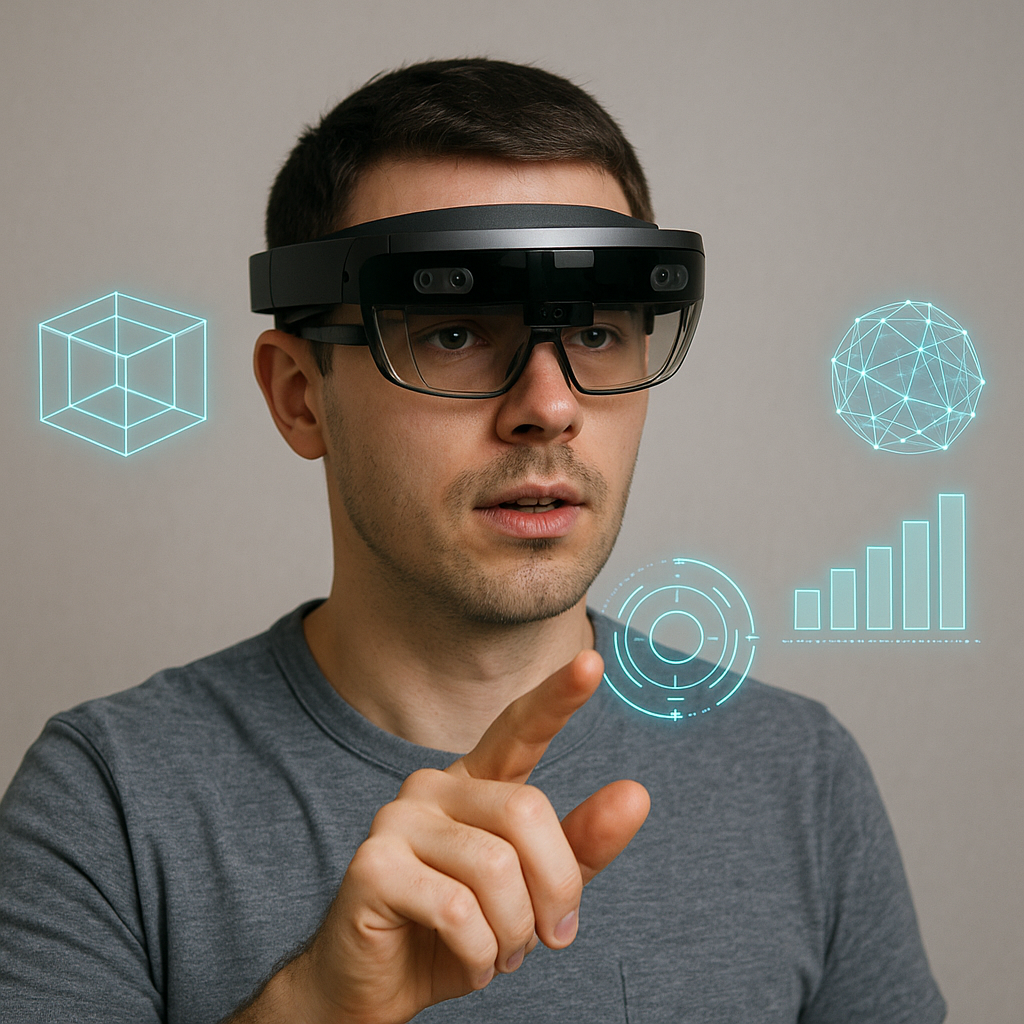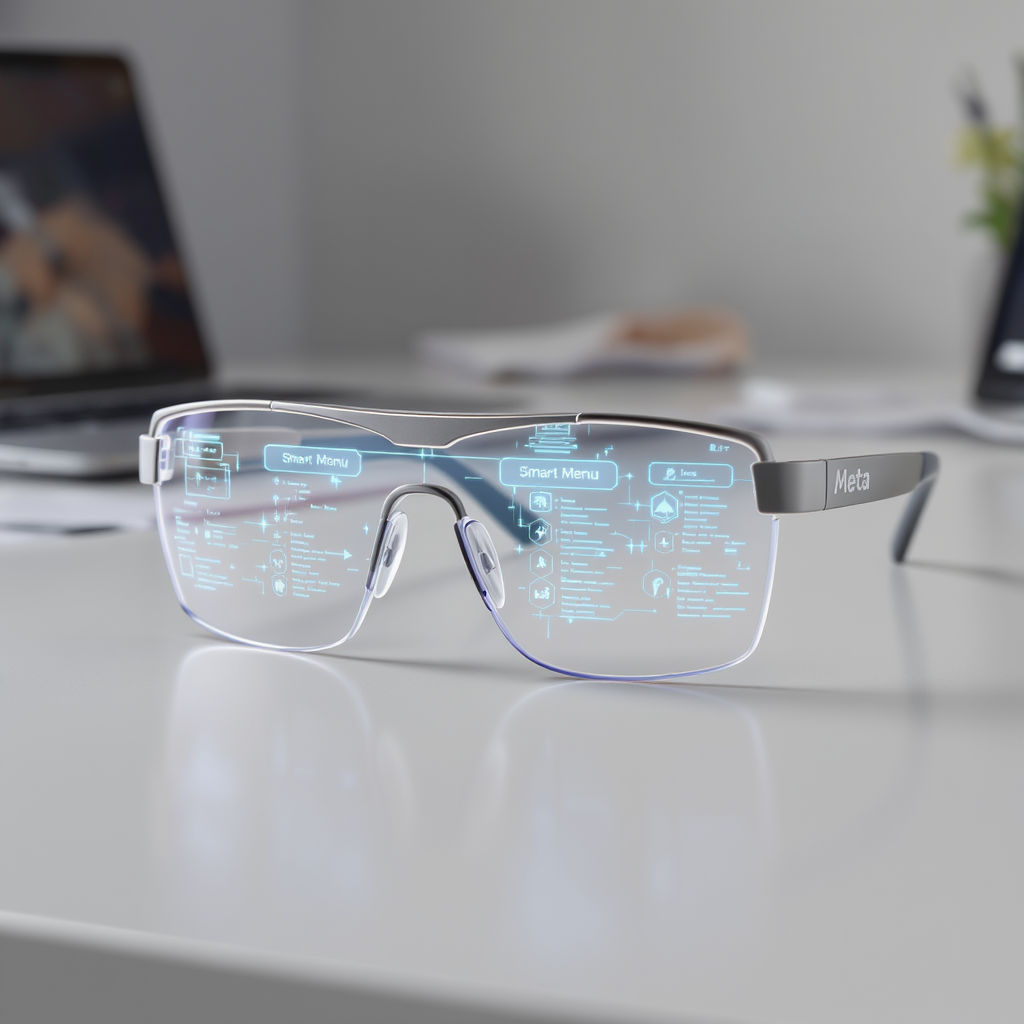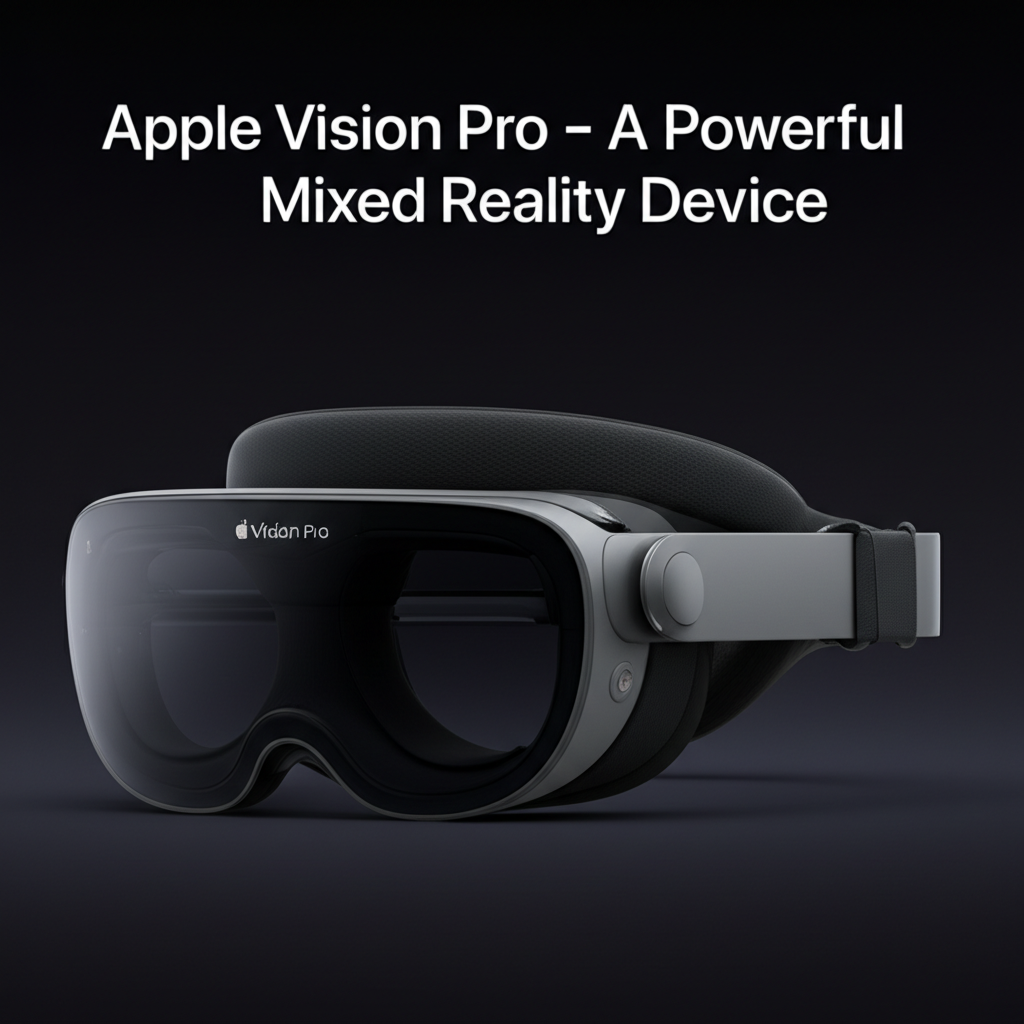Have you ever imagined wearing a pair of glasses that could do more than just help you see? Imagine if those glasses could play movies, let you attend meetings, take photos, or even show useful information while walking on the road. What once seemed like a sci-fi dream is now becoming part of our daily lives, thanks to smart glasses and mixed reality (MR) devices.
What Are Smart Glasses and Mixed Reality Devices?
Smart Glasses look just like your normal spectacles but come with a smart twist. They are equipped with small screens, cameras, microphones, and speakers that make them far more powerful than regular glasses. You can use them to see notifications, take photos, listen to music, or even talk to people, all without touching your phone.
Mixed Reality (MR) devices go one step ahead. They blend the real world with the digital world. When you wear an MR headset, you can still see the space around you, like your room or office, but you’ll also see digital elements such as 3D images, apps, or videos floating right in front of your eyes.
To understand this better, imagine Mixed Reality as a mix of:
Augmented Reality (AR): which adds digital elements to the real world. For example, showing directions or weather info while you walk.
Virtual Reality (VR): which creates a completely digital environment, blocking the real world around you.
So, Mixed Reality = AR + VR, combining both experiences into one seamless world.
Meta’s Smart Glasses: Bringing Everyday Tech to Life
The tech giant Meta (the company behind Facebook, Instagram, and WhatsApp) has entered the smart glasses market with its Meta Smart Glasses, designed in collaboration with Ray-Ban, one of the most popular eyewear brands in the world.
At first glance, they look just like stylish Ray-Ban sunglasses, but they are much smarter than they appear.
What Can Meta Smart Glasses Do?
Here are some of their coolest features:
-
Take Photos and Videos: You can capture what you see using tiny built-in cameras.
-
Play Music: They have small speakers near your ears that play music clearly without needing earphones.
-
Make Calls and Send Voice Messages: You can talk to people or record messages using just your voice.
-
Voice Control: Simply say "Hey Meta" to ask questions or control functions hands-free.
Imagine walking in a park, asking your glasses to take a photo, or listening to your favorite playlist, all without taking your phone out of your pocket. That’s the level of convenience Meta Smart Glasses are bringing into our daily routine.
They combine fashion with function, stylish like normal glasses, but intelligent like a mini assistant.
Apple Vision Pro – A Powerful Mixed Reality Device
If Meta’s glasses are about making daily tasks easier, Apple Vision Pro is about changing the entire way we use computers and experience technology.
Launched in 2024, Apple Vision Pro is not just a pair of glasses, it’s a mixed reality headset that looks like sleek ski goggles but is packed with cutting-edge tech.
What Can You Do with Apple Vision Pro?
Apple has designed Vision Pro for both work and entertainment. Some of the amazing things you can do include:
-
Watch Movies on a Giant Virtual Screen: You can enjoy your favorite movies or shows as if you’re sitting in a private theater, even when you’re at home or traveling.
-
Use Apps in 3D: Apps float around you in your space, you can move, resize, or arrange them however you want.
-
Control with Eyes and Hands: You don’t need controllers. You simply look at what you want to open and use your hands to interact.
-
Attend Meetings in 3D: FaceTime and video meetings feel more natural, almost as if people are sitting right in front of you.
-
Capture and View Spatial Photos and Videos: You can record 3D moments and relive them in full depth later.
What’s most impressive is that you can still see the real world around you. It doesn’t block your surroundings like VR does. Instead, digital content blends into your real space.
Apple calls this concept "spatial computing". It means your apps, screens, and data are no longer limited to a flat display, they exist around you, adapting to your environment.
How Are These Devices Changing Life?
These new technologies are transforming many aspects of life, from entertainment to work to communication.
1. Entertainment Like Never Before
With smart glasses or MR devices, you don’t need big TVs or monitors. You can watch movies, stream shows, or play games on massive virtual screens that only you can see. You could even place multiple screens around your house just by wearing the headset.
2. Boosting Work Productivity
Imagine working with multiple virtual screens open at once, without cluttering your desk. You could attend online meetings, check your emails, and browse the web, all while walking around your room. It’s like turning your home into a digital workspace.
3. Hands-Free Communication
Smart glasses make communication effortless. You can send messages, make calls, or ask your digital assistant (like Siri or Alexa) to do tasks, all without pulling out your phone.
4. Capturing Life Moments
Smart glasses are great for capturing real-life moments from your own perspective. You can take photos or videos of exactly what you see, hands-free, perfect for travel, sports, or vlogs.
Challenges and Concerns
Of course, no new technology comes without issues. While these devices are exciting, they also have a few challenges:
-
High Cost: Advanced devices like Apple Vision Pro cost around $3,500, which is not affordable for everyone.
-
Limited Battery Life: Using cameras, screens, and sensors drains power quickly.
-
Social Acceptance: Some people may feel uncomfortable or awkward wearing such high-tech glasses in public.
-
Privacy Issues: Since these devices can record videos silently, there are concerns about privacy and misuse.
The Future of Wearable Tech
Despite the challenges, the future looks bright. Companies like Apple, Meta, Google, and Microsoft are investing heavily in making wearable devices smaller, lighter, and cheaper.
In the next few years, we might see smart glasses that look completely normal but can do almost everything a smartphone does, from taking calls to browsing the web.
Eventually, these devices could replace smartphones altogether. You might not even need to hold a screen anymore, your glasses could project one right in front of your eyes.



Comments
Post a Comment